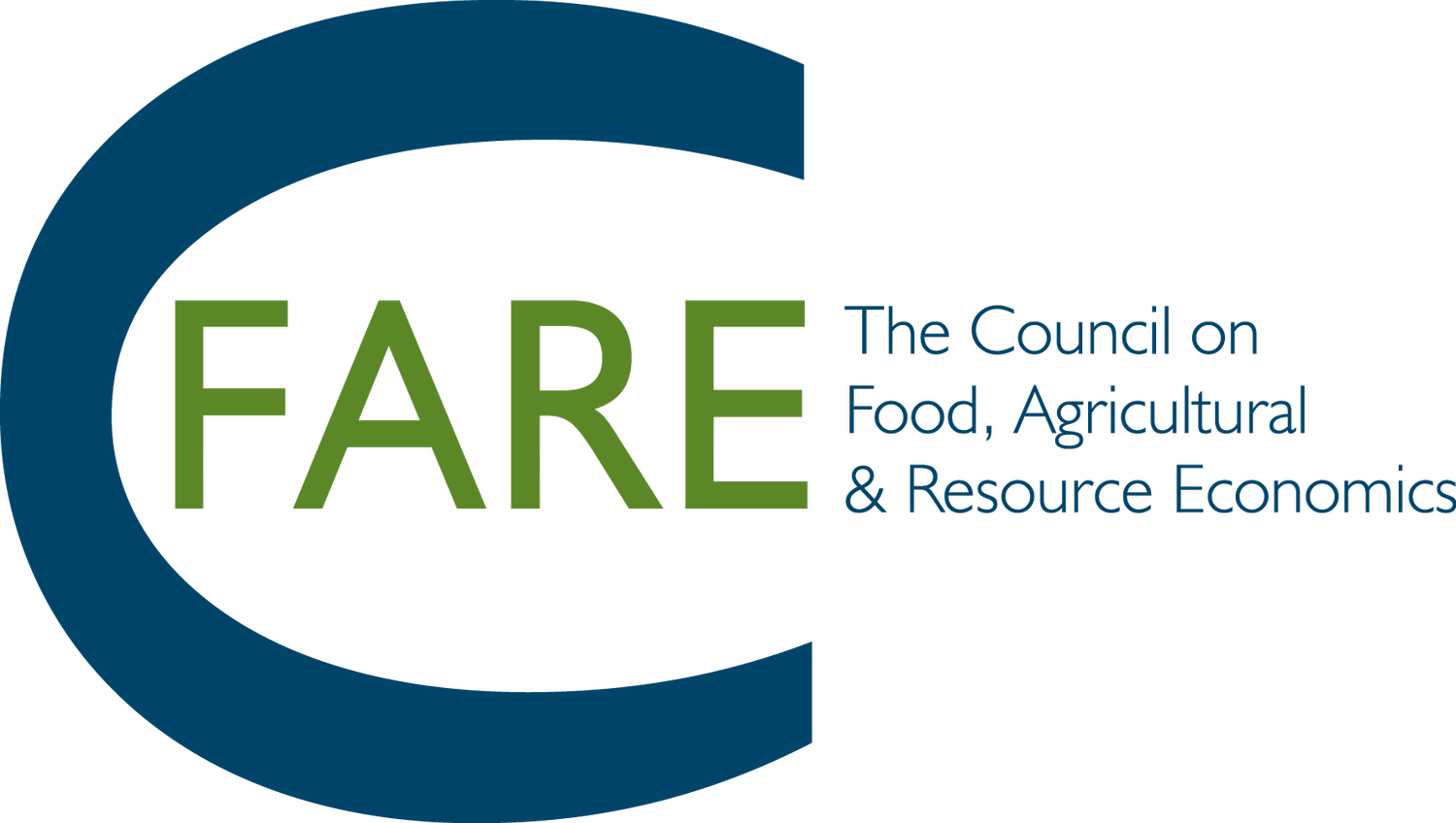Rooting Agriculture and Food Systems in Interdisciplinary Education Pipelines
Market Corner by Chyi-lyi (Kathleen) Liang, C-FARE Board Member and Professor at North Carolina Agricultural and Technical State University
USDA has made significant investments in cultivating the next generation of the agricultural workforce. The recent NexGen program sets top priorities to invest in enhancing curricula, experiential learning, internship and apprenticeship opportunities, and active engagement with private sectors to help students transition into real-world challenges. One element that deserves more attention is to provide K-12 teachers innovative tools to integrate agriculture and food issues into proper courses in earlier stages of education. Knowledge and practices related to agriculture and food systems could be embedded in all subjects, such as Math, Biology, Chemistry, History, Art, Language, Literature, Music, Sports, and Health and Nutrition. The traditional view of agriculture with primary goals to provide food and fiber has evolved into a new paradigm of interactive systems that include a variety of workers, venues, and decisions. For example, ‘USDA supports the development of circular bioeconomies, where agricultural resources are harvested, consumed, and regenerated in a sustainable manner. This approach can also create new revenue streams for agricultural producers and ensure that wealth and other economic benefits in the form of jobs and other opportunities are created, and stay, in rural communities.’ To achieve this goal, we need to prepare and cultivate a new generation of teachers who are equipped with cutting-edge tools to deliver exciting, interdisciplinary, and research-based curricula for youth. There are a couple of suggestions gathered from field experts to assist K-12 teachers, particularly those serving limited-resource communities:
Broadly share research-based data, publications, and case studies in both web-platform and printed resources that could be integrated into course contents or activities to engage learners.
Engage with Cooperative Extension services to offer training and programs for K-12 teachers to access/apply innovative technology in teaching (e.g., sensor, robotic equipment, unmanned vehicles, virtual and immersive learning environments)
Establish and maintain a consistent coaching and mentoring system at the state level for teachers to learn from peers, support each other, share experiences and curricula, and get feedback to invigorate existing courses.
